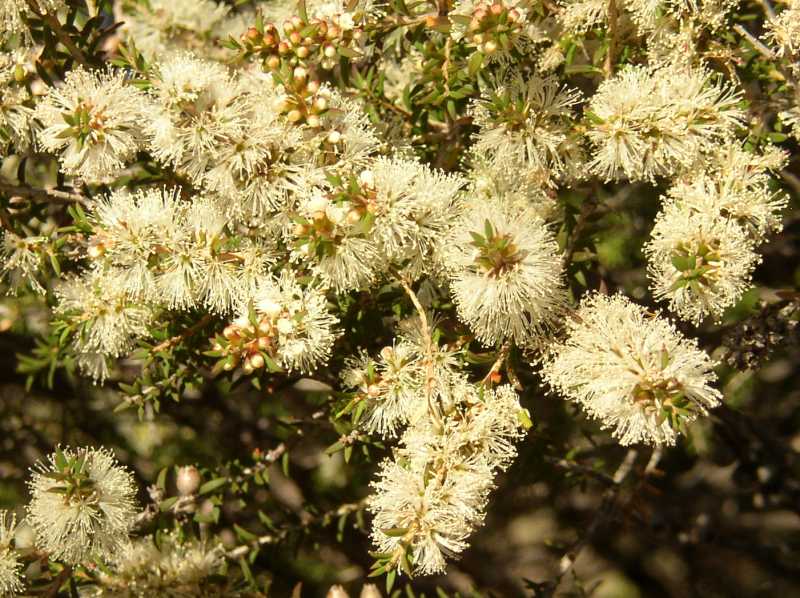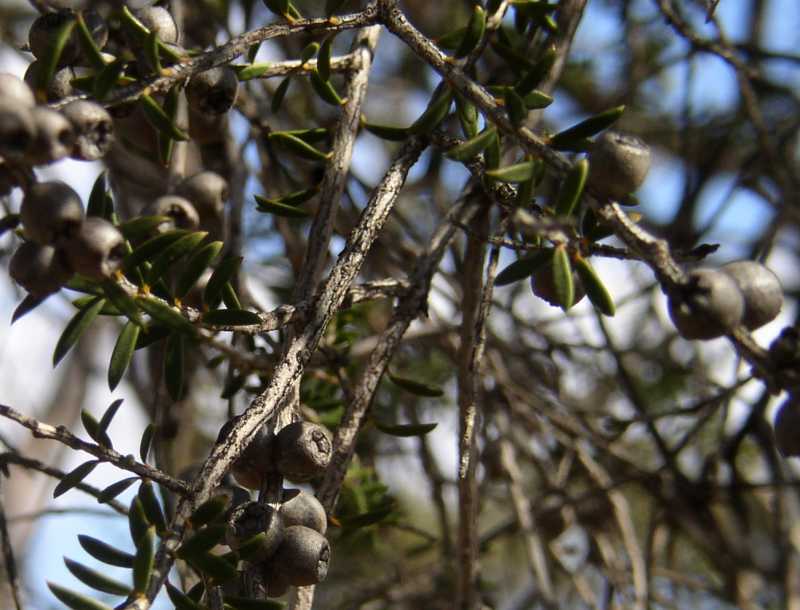 The patient is a 30
year old woman who works as a translator. Her main complaint is progressive
muscular dystrophy, which began at the age of 12. According to the patient, it
started after a quarrel with a friend, which was a great shock. A friend told
the whole class that the patient liked a certain boy, and he made fun of her. His
mother also told her friends about her and the patient was afraid that they
would laugh at her. "At school I was the weakest, the slowest. Nobody
loved me." Because of this, she concealed her illness for a long time. Her
brother has also a serious disease, cerebral palsy, and she says that people
laugh and jeer at him, too.
The patient is a 30
year old woman who works as a translator. Her main complaint is progressive
muscular dystrophy, which began at the age of 12. According to the patient, it
started after a quarrel with a friend, which was a great shock. A friend told
the whole class that the patient liked a certain boy, and he made fun of her. His
mother also told her friends about her and the patient was afraid that they
would laugh at her. "At school I was the weakest, the slowest. Nobody
loved me." Because of this, she concealed her illness for a long time. Her
brother has also a serious disease, cerebral palsy, and she says that people
laugh and jeer at him, too. Her illness began with weakness in the legs; it was hard to climb stairs. The patient cannot get up from a chair or go out independently, and even a small hill is too hard for her to climb. She has been treated with Nandrolone. Her menses stopped five years ago. She has severe headaches, pain in the right hypochondrium, attacks of pancreatitis, constipation, and excessive hair growth on her body. She is slow and depressed, crying every night. She does not like to be told what to do and she protests, since she likes doing things her own way. Her hobby is psychology; she wants people to understand themselves and to “get to the bottom of the problem.” She dreams of the classmates who laughed at her. There are tensions in the family; she is always in conflict with her brother.
Analysis:
This is a serious hereditary disease, incurable in conventional medicine.
She does not like being ordered about, preferring to go her own way, and she wants to get to the bottom of things. All this points to the Lanthanides.
The fact that her friends and classmates were laughing at her, as well as her problems with her brother (who was also laughed at), points to a Phosphorus combination.
The fact that she had such a lack of confidence and felt unable to stand up for herself points to a remedy on the left side of the periodic table, especially Lanthanum.
Prescription: Lanthanum phosphoricum 200C then 1M, 1-2 times per month. I also prescribed a nosode for the disease itself: Dystrophia musculorum progression Nosode.
These remedies were given for 8 months.
Follow-ups:
During this time her mood has improved; she has stopped crying and has become more optimistic. Her stools have normalized. Her gait has become more solid and confident; she is able to walk more and she is less tired. Her headaches have gone, as well as the pain in the hypochondrium.
After one year: she was given Medorrhinum due to the “hiding” aspect; hiding her excess hair growth. She also loves to go to the sea on vacation, a confirmation for Medorrhinum. After Medorrhinum, her menses resumed.
Two years later: her condition continues to improve on frequent doses of Lanthanum Phosphoricum LM. She is renewing old acquaintances and making a lot of new friends. Her relationship with her brother has improved too, and she helps him with his work. It is becoming easier for her to rise from a chair, and her gait is more confident; she can now walk much longer distances.
The treatment continues.
Photo: Wikimedia Commons
Stairway in the auditorium of Miletus theatre; Wolfgang Glock
Keywords: progressive muscular distrophy, lack of confidence, being laughed at, hiding
Remedies: Lanthanum phosphoricum
From Interhomeopathy




 Description
and Source:
Description
and Source: Proving:
Proving:  The mother asks for help, so
that Dora can have sufficient platelets without a threat to her life (Theme:
fear of a new situation). Dora is an independent but awkward child, who does not
really know how to handle conflicts. She avoids conflicts and never takes part
in fights; she withdraws, both at school and in family surroundings. She has always been very independent and asked for freedom.
Ever since her youth, she regularly travels on her own to Canada to visit
her father. Her parents divorced when she was 2 years old and her mother never
talks nicely about the father.
The mother asks for help, so
that Dora can have sufficient platelets without a threat to her life (Theme:
fear of a new situation). Dora is an independent but awkward child, who does not
really know how to handle conflicts. She avoids conflicts and never takes part
in fights; she withdraws, both at school and in family surroundings. She has always been very independent and asked for freedom.
Ever since her youth, she regularly travels on her own to Canada to visit
her father. Her parents divorced when she was 2 years old and her mother never
talks nicely about the father.